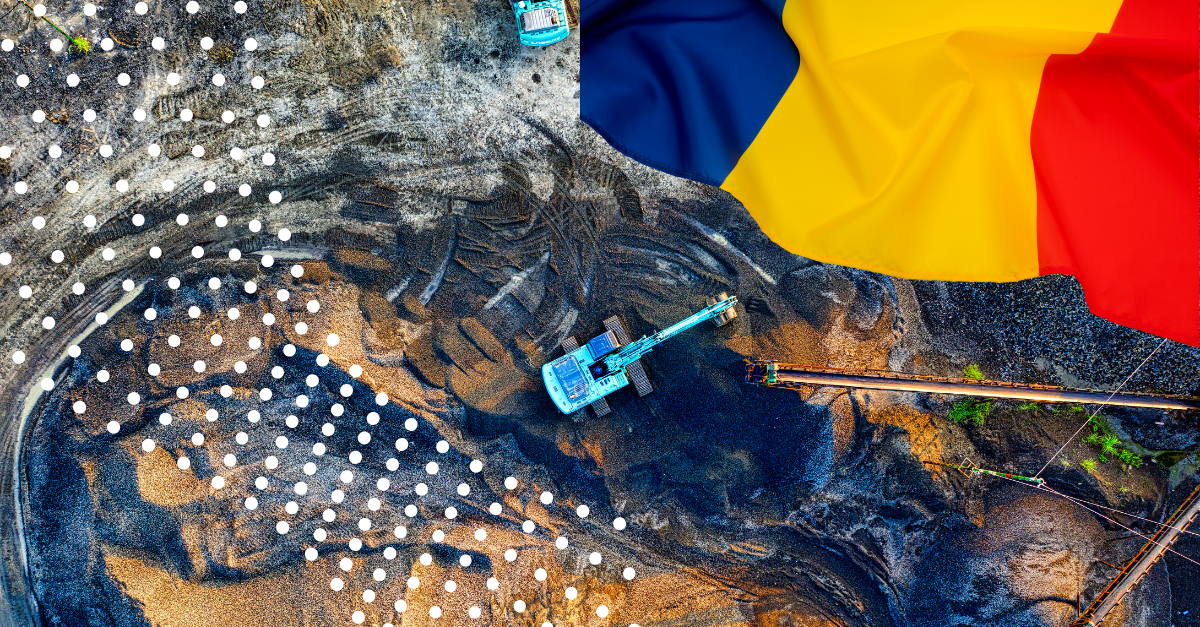Romania is set to breathe new life into Europe’s largest graphite deposit, located in Baia de Fier, 235 kilometers west of Bucharest, after 21 years of dormancy. Once a bustling site employing 500 workers, the area now stands as a landscape of decaying metal structures and rusted machinery. However, thanks to nearly €200 million ($227 million) in funding from the European Commission, the Romanian Salt Company is preparing to restart operations. This initiative is part of a broader strategy to reduce Europe’s reliance on critical materials from China, reflecting shifting global geopolitical dynamics.
The European Commission has designated the Baia de Fier site as one of three strategic mining projects in Romania. The country will receive a total of €615 million ($698 million) from Brussels, with graphite extraction prioritized for its applications in electric vehicle batteries, energy storage systems, electronics, and machine manufacturing, according to Andreea Nestian, Financial Director at A3Build, a consulting firm specializing in mining.
Two other projects highlighted by the EU include metallic magnesium extraction in Budureasa and copper mining in Rovina, both also located in western Romania. “Magnesium is crucial for producing lightweight alloys used in the automotive, aerospace, and defense industries,” Nestian said, underscoring Europe’s heavy dependency on imports. Meanwhile, the Rovina copper deposit is recognized as the second-largest in Europe, although its development has faced legal challenges from environmentalists.
In a bid to attract further financial support, Romanian authorities have informed Brussels about additional mineral reserves, including titanium, boron, quartz, phosphorus, germanium, tungsten, gallium, and rare earth elements. Romanian Minister of Economy Bogdan Ivan highlighted their significance across diverse sectors, such as aerospace, medical equipment, solar technologies, and defense.
Despite the optimism surrounding the revival of Baia de Fier, the project faces significant hurdles. Many of the former workers have retired or emigrated, and Romania’s sole faculty of mining is struggling to attract students due to waning interest in the industry. Experts stress that substantial external investment and a skilled workforce will be crucial for the mine’s successful reactivation.
The Romanian government plans to submit the project proposal to the European Commission in the third quarter of this year, although a start date for mining operations remains undecided.

